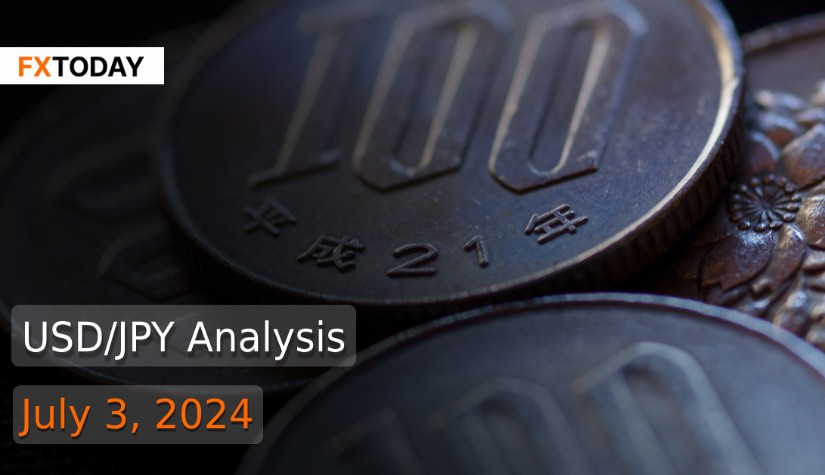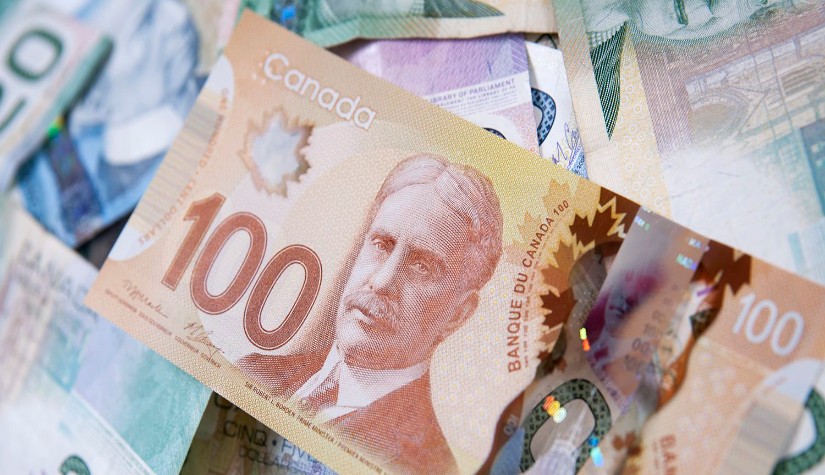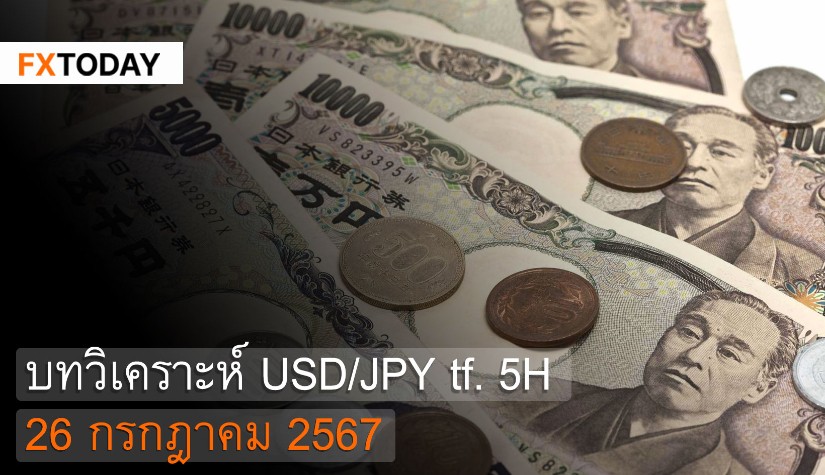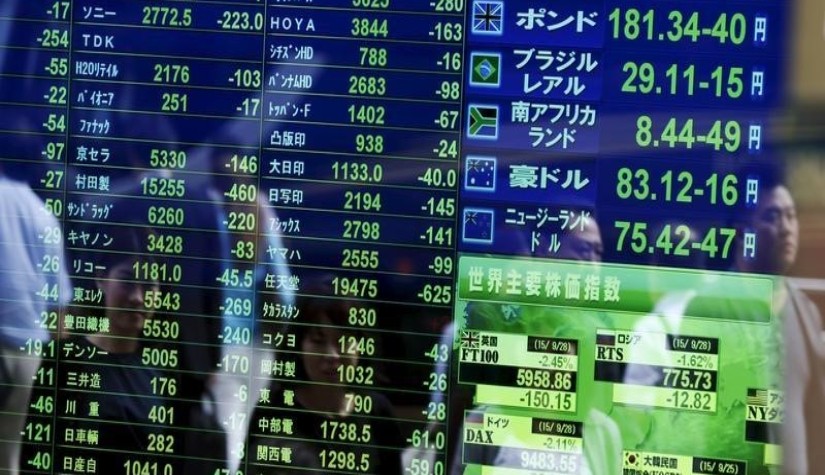Japan's Economy Shrinks More Than Expected, Raising Concerns Over Recovery
The Japanese economy contracted more than initially reported in the first quarter, according to a rare unscheduled revision of GDP data released on Monday, casting doubt on the prospects for a fragile recovery. The downward revision is expected to lead to a reduction in the Bank of Japan's growth forecasts in upcoming projections and could influence the timing of its next interest rate hike, analysts say.
The revised GDP data showed a 2.9% year-on-year shrinkage in the January-March quarter, worse than the previously estimated 1.8%. The contraction was largely due to declining consumer spending amid stagnant wages and persistent inflation. While consumer spending is expected to have improved in the second quarter with wage increases, the extent of economic support remains uncertain.
Growth in Japanese household spending likely slowed significantly in May. This slowdown in spending, a critical measure of private consumption, could impede a sustainable economic recovery. Economists predict GDP will rebound this quarter driven by domestic demand, higher wages, and capital expenditure, though elevated interest rates in the U.S. and Europe and a slowdown in China pose risks.
In June, core inflation in Tokyo accelerated due to rising fuel costs and the weak yen's impact on import prices, keeping expectations of a near-term interest rate hike by the central bank alive. Japan's jobless rate remained at 2.6% in May, unchanged from the previous month.
Japan's factory activity remained flat in June due to weak demand and rising costs from the weak yen. Nationally, factory output rebounded in May as automakers recovered from shipment disruptions, providing hope for a moderate economic recovery. Meanwhile, Japanese service activity contracted in June for the first time in nearly two years due to cooling domestic demand, although business confidence and hiring indicators remain positive. The service sector has been a key driver of economic growth, offsetting weak manufacturing performance.
The Bank of Japan (BOJ) is surveying participants in the Japanese government bond (JGB) market about its bond-tapering plans, according to three sources. This survey will inform discussions at BOJ meetings with bond market participants on July 9-10. The BOJ, which holds about half of all JGBs at 589 trillion yen ($3.7 trillion), aims to reduce its bond holdings over the next one to two years. The survey seeks opinions on the expected range and pace of tapering from banks, brokerage houses, and life insurers.
The BOJ's reduced presence in the bond market raises the need for stable JGB buyers to prevent a bond selloff that could spike yields. A finance ministry panel suggested making government bonds more attractive to financial institutions by issuing shorter-duration debt.
The BOJ has hinted that its July quantitative tightening (QT) plans could be more extensive than anticipated and might include an interest rate hike. These signals come amid renewed yen declines, which could push inflation above the 2% target by increasing import costs.
Sources indicate that a rate hike is possible at any policy meeting, including July's. BOJ Governor Ueda suggested a significant cut to bond buying to help markets move away from yield curve control, a policy ended in March. The BOJ's QT plan aims to avoid spikes in bond yields while addressing yen weakness.
Against the yen, the U.S. dollar was steady, reaching 161.745 earlier on Tuesday, its highest in nearly 38 years, mainly due to the significant interest rate disparity between the U.S. and Japan.
On Tuesday, Federal Reserve Chair Jerome Powell hinted at the likelihood of starting an easing cycle later this year. Speaking at a monetary policy conference in Portugal, Powell noted significant progress on inflation and indicated that the U.S. economy is on a disinflationary path.
The Job Openings and Labor Turnover Survey (JOLTS) reported a rise of 221,000 job openings to 8.140 million at the end of May, exceeding economists' expectations of 7.910 million.
Following Powell's comments and the JOLTS report, U.S. rate futures reflected a 69% chance of a rate cut in September, up from 63% on Monday. The market also anticipates one to two rate cuts in 2024.
U.S. construction spending fell unexpectedly in May due to higher mortgage rates impacting single-family homebuilding. Recovery is expected to be slow as housing supply improves.
Recently, the dollar has been supported by rising Treasury yields. Benchmark 10-year Treasury yields rose nearly 14 basis points to 4.479% overnight, partly due to expectations of Donald Trump's potential presidency leading to higher tariffs and government borrowing. However, on Tuesday, the yield on the 10-year note decreased by 4.3 basis points to 4.435%.
Additionally, the Secured Overnight Financing Rate (SOFR), a measure of borrowing costs in the U.S. repurchase agreement market, reached its highest level since January at 5.4%. This rise indicates dwindling liquidity, influenced by heavy Treasury coupon debt supply and strain on banks' balance sheets. The spike in funding rates also coincided with increased use of the Federal Reserve Bank of New York's reverse repo facility, signaling scarce cash in a crucial funding market for Wall Street.
Data for Technical Analysis (1D) CFD USD/JPY
Resistance : 161.69, 161.81, 162.00
Support : 161.31, 161.19, 161.00
1D Outlook
Source: TradingView
Buy/Long 1 If the support at the price range 160.81 – 161.31 is touched, but the support at 161.31 cannot be broken, the TP may be set around 161.73 and the SL around 160.56, or up to the risk appetite.
Buy/Long 2 If the resistance can be broken at the price range of 161.69 – 162.19, TP may be set around 162.23 and SL around 161.06, or up to the risk appetite.
Sell/Short 1 If the resistance at the price range 161.69 – 162.19 is touched, but the resistance at 161.69 cannot be broken, the TP may be set around 161.23 and the SL around 162.44, or up to the risk appetite.
Sell/Short 2 If the support can be broken at the price range of 160.81 – 161.31, TP may be set around 160.27 and SL around 161.94, or up to the risk appetite.
Pivot Points Jul 3, 2024 04:09AM GMT
|
Name
|
S3
|
S2
|
S1
|
Pivot Points
|
R1
|
R2
|
R3
|
|---|---|---|---|---|---|---|---|
| Classic | 160.72 | 161 | 161.23 | 161.5 | 161.73 | 162 | 162.23 |
| Fibonacci | 161 | 161.19 | 161.31 | 161.5 | 161.69 | 161.81 | 162 |
| Camarilla | 161.3 | 161.35 | 161.39 | 161.5 | 161.49 | 161.53 | 161.58 |
| Woodie's | 160.68 | 160.98 | 161.19 | 161.48 | 161.69 | 161.98 | 162.19 |
| DeMark's | - | - | 161.11 | 161.44 | 161.61 | - | - |
Sources: Investing 1, Investing 2
















